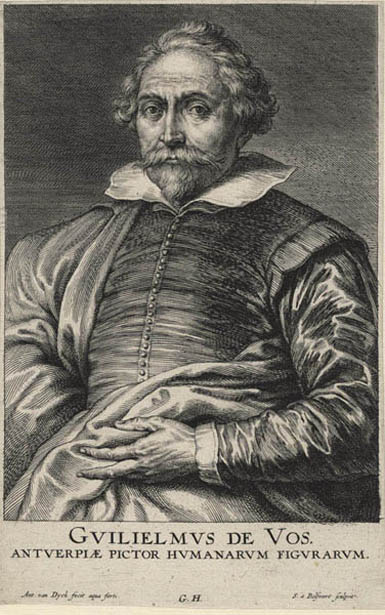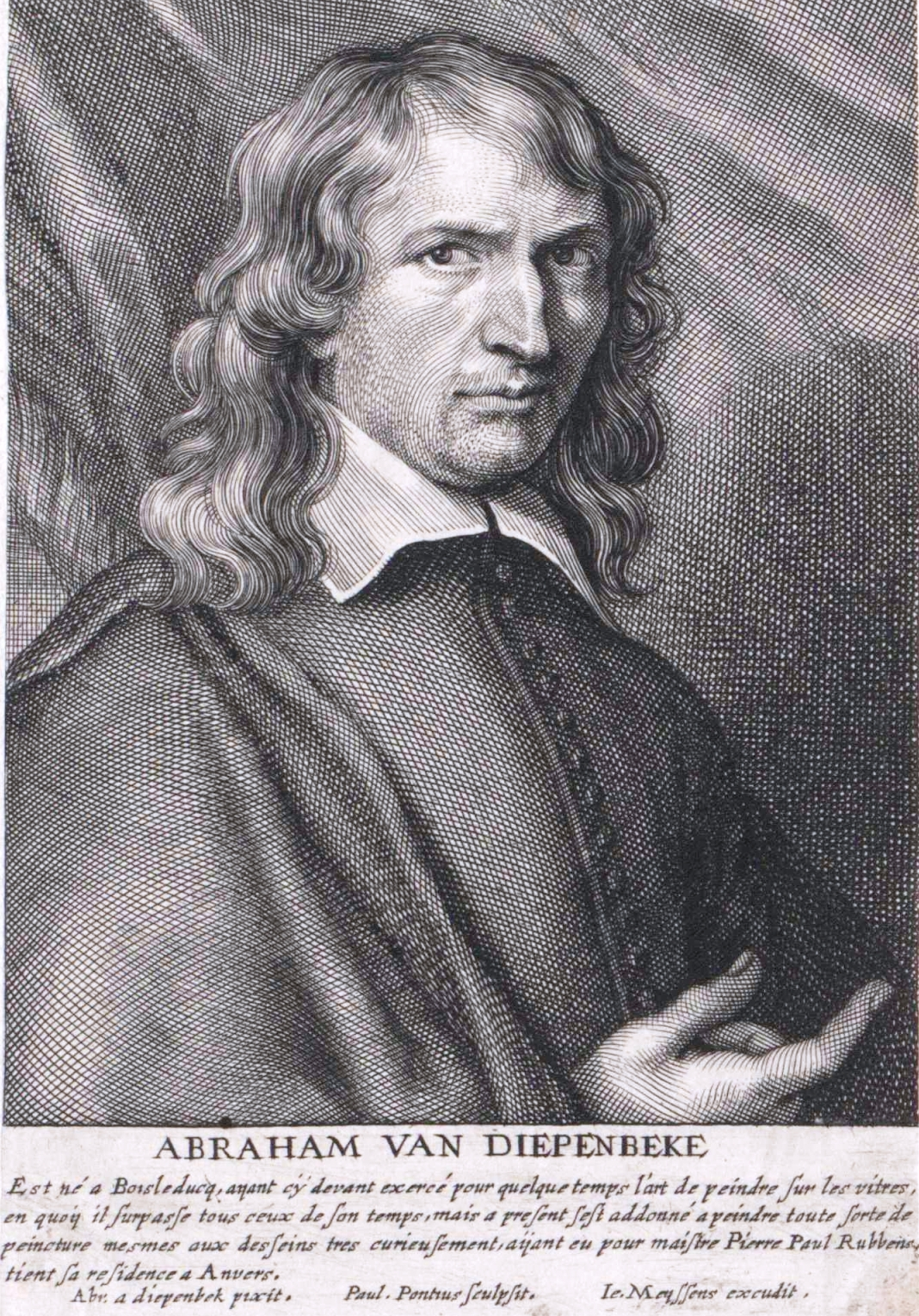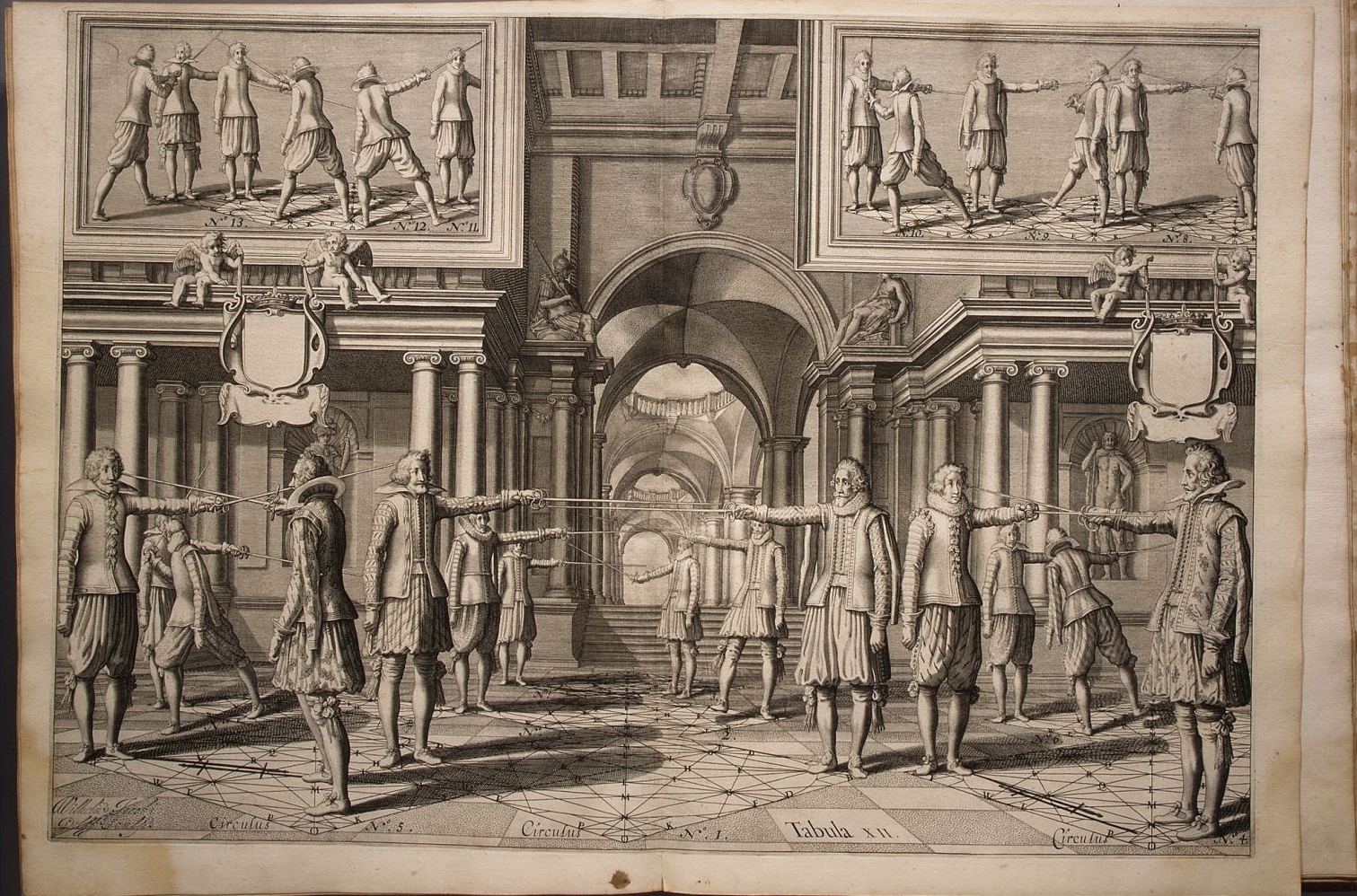|
Schelte A Bolswert
Schelte a Bolswert (1586–1659) was a leading Dutch engraver, noted for his works after Rubens and Van Dyck. Life He was born in the town of Bolswert, in Friesland, in 1586. Both he and his older brother, Boetius à Bolswert, worked in Amsterdam and Haarlem before settling in Antwerp. For the last five years of his life Boetius worked exclusively on engravings after Rubens. Following his death in 1633, Schelte was employed by Rubens in his place, working closely with the painter, who sometimes retouched his proofs. He continued to engrave his works after Rubens' death in 1640. Bolswert's plates were worked entirely with the graver, and he does not seem to have made any use of the drypoint. Basan said of his work:The freedom which this excellent artist handled the graver, the picturesque roughness of etching, which he could imitate without any other assisting instrument, and the ability he possessed of distinguishing the different masses of colours, have always been admired ... [...More Info...] [...Related Items...] OR: [Wikipedia] [Google] [Baidu] |
Sarbel And Barbe
The Acts of Sharbel or the Hypomnemata of Sharbel is a Syriac Christian martyrdom text pertaining to a pagan high priest who was martyred for converting to Christianity. The setting takes place at Edessa during the fifteenth year of Roman Emperor Trajan's reign and during the third year of King Abgar VIII's reign but is dated by scholars to the 5th century AD. Publications The Acts of Sharbel was first translated in English by William Cureton in his ''Ancient Syriac Documents'' (London, 1864). He had used a single manuscript from the British Museum (Brit. Mus. Add. 14, 644). It is written in Syriac and is dated from the fifth or sixth century AD. B. P. Pratten also introduced an English translation to be published in the eighth volume of the ''Ante-Nicene Fathers'' (1871). In 1874, Moesinger published a Latin translation in his ''Acta SS. Martyrum Edessenorum''. Narrative overview The text begins with the current timeline of Trajan's fifteenth year as the Roman Emperor and th ... [...More Info...] [...Related Items...] OR: [Wikipedia] [Google] [Baidu] |
Twenty-six Martyrs Of Japan
The were a group of Catholics who were executed by crucifixion on February 5, 1597, in Nagasaki, Japan. Their martyrdom is especially significant in the history of the Catholic Church in Japan. A promising beginning to Catholic missions in Japan – with perhaps as many as 300,000 Catholics by the end of the 16th century – met complications from competition between the missionary groups, political difficulty between Portugal and Spain and factions within the government of Japan. Christianity was suppressed and it was during this time that the 26 martyrs were executed. By 1630, Catholicism had been driven underground. When Christian missionaries returned to Japan 250 years later, they found a community of " hidden Catholics" that had survived underground. Early Christianity in Japan On August 15, 1549, the Jesuit fathers Francis Xavier (later canonized by Gregory XV in 1622), Cosme de Torres, and Juan Fernández arrived in Kagoshima, Japan, from Portugal with hopes of bringi ... [...More Info...] [...Related Items...] OR: [Wikipedia] [Google] [Baidu] |
Abraham Van Diepenbeeck
Abraham van Diepenbeeck (9 May 1596 (baptised) – between May and September 1675) was Dutch painter of the Flemish School. Biography Van Diepenbeeck was baptised in 's-Hertogenbosch. After having received a classical education, he became a pupil and assistant of Peter Paul Rubens. He handled mythological and historical subjects, as well as portraits. He went to Antwerp about 1629 and made his first successes in painting on glass, among his productions being windows in the cathedral there representing the "Acts of Mercy". Similar work at the church of the Dominicans shows scenes from the "Life of Saint Paul". Van Diepenbeek was admitted to the guild of painters in 1638, and became director of the Royal Academy of Fine Arts (Antwerp) in 1641. It was after a visit to Italy that the artist began to paint chiefly in oil and to illustrate. Among his illustrations are fifty-eight designs engraved by Cornelis Bloemaert for Michel de Marolles' "Tableaux du Temple des Muses". During ... [...More Info...] [...Related Items...] OR: [Wikipedia] [Google] [Baidu] |
Gérard Thibault D'Anvers
Gérard (or Girard) Thibault of Antwerp (ca. 1574–1627) was a fencing master and writer of the 1628 rapier manual ''Academie de l'Espée''. Thibault was from the Southern Netherlands which is today Belgium. His manual is one of the most detailed and elaborate extant sources on rapier combat, painstakingly utilizing geometry and logic to defend his unorthodox style of swordsmanship. ''Academie de l'Espée'' describes a unique system of combat whose closest known relative is the contemporary Spanish school of swordsmanship, also known as La Verdadera Destreza, as taught by masters such as Don Jerónimo Sánchez de Carranza and Luis Pacheco de Narváez. Not unlike the Spanish, Thibault advocated the use of upright postures, walking steps instead of lunges, and non-linear footwork. However, Thibault differed from his Spanish counterparts in many areas, including his preferred stance and grip. Biography Details about Thibault's life are sparse, derived from his book and his ''album ... [...More Info...] [...Related Items...] OR: [Wikipedia] [Google] [Baidu] |
Book Frontispiece
A frontispiece in books is a decorative or informative illustration facing a book's title page—on the left-hand, or verso, page opposite the right-hand, or recto, page. In some ancient editions or in modern luxury editions the frontispiece features thematic or allegory, allegorical elements, in others is the author's portrait that appears as the frontispiece. In medieval illuminated manuscripts, a presentation miniature showing the book or text being presented (by whom and to whom varies) was often used as a frontispiece. Origin The word comes from the French language, French ''frontispice'', which derives from the late Latin ''frontispicium'', composed of the Latin ''frons'' ('forehead') and ''specere'' ('to look at'). It was synonymous with 'metoposcopy'. In English, it was originally used as an frontispiece (architecture), architectural term, referring to the decorative facade of a building. In the 17th century, in other languages as in Italian language, Italian, the term cam ... [...More Info...] [...Related Items...] OR: [Wikipedia] [Google] [Baidu] |
Sigismund III Vasa
Sigismund III Vasa ( pl, Zygmunt III Waza, lt, Žygimantas Vaza; 20 June 1566 – 30 April 1632 N.S.) was King of Poland and Grand Duke of Lithuania from 1587 to 1632 and, as Sigismund, King of Sweden and Grand Duke of Finland from 1592 to 1599. He was the first Polish sovereign from the House of Vasa. Religiously zealous, he imposed Roman Catholicism across the vast realm, and his crusades against neighbouring states marked Poland's largest territorial expansion. As an enlightened despot, he presided over an era of prosperity and achievement, further distinguished by the transfer of the country's capital from Kraków to Warsaw. Sigismund was the son of King John III of Sweden and his first wife, Catherine Jagiellon, daughter of King Sigismund I of Poland. Elected monarch of the Polish–Lithuanian Commonwealth in 1587, he sought to unify Poland and Sweden under one Catholic kingdom, and when he succeeded his deceased father in 1592 the Polish–Swedish union was created. ... [...More Info...] [...Related Items...] OR: [Wikipedia] [Google] [Baidu] |
Leonardus Lessius
Leonardus Lessius ( nl, Lenaert Leys; 1 October 1554, in Brecht – 15 January 1623, in Leuven) was a Flemish moral theologian from the Jesuit order. Life At the age of thirteen the young Leonard won the Brecht scholarship to the University of Leuven. This university is the main place he will be identified with for the next fifty years. In 1567 he matriculated in an arts department called Le Porc (Porcus alit doctos), during the final oral exam he was merited the title of primus. He joined the Jesuits in 1572, and after theological studies in Rome under Francisco Suarez and Robert Bellarmine, he became professor of theology at the University of Leuven. In his early teaching years, he was involved in the predestination theological debate that was raging in Leuven in 1587–88 (against Baianism). Despite significant persecution and censorship that he receive as a result, Lessius supported the view of free will and predestination developed by Luis de Molina, which was seen by man ... [...More Info...] [...Related Items...] OR: [Wikipedia] [Google] [Baidu] |
Society Of Jesus
, image = Ihs-logo.svg , image_size = 175px , caption = ChristogramOfficial seal of the Jesuits , abbreviation = SJ , nickname = Jesuits , formation = , founders = , founding_location = , type = Order of clerics regular of pontifical right (for men) , headquarters = Generalate:Borgo S. Spirito 4, 00195 Roma-Prati, Italy , coords = , region_served = Worldwide , num_members = 14,839 members (includes 10,721 priests) as of 2020 , leader_title = Motto , leader_name = la, Ad Majorem Dei GloriamEnglish: ''For the Greater Glory of God'' , leader_title2 = Superior General , leader_name2 = Fr. Arturo Sosa, SJ , leader_title3 = Patron saints , leader_name3 = , leader_title4 = Ministry , leader_name4 = Missionary, educational, literary works , main_organ = La Civiltà Cattoli ... [...More Info...] [...Related Items...] OR: [Wikipedia] [Google] [Baidu] |
Robert Bellarmine
Robert Bellarmine, SJ ( it, Roberto Francesco Romolo Bellarmino; 4 October 1542 – 17 September 1621) was an Italian Jesuit and a cardinal of the Catholic Church. He was canonized a saint in 1930 and named Doctor of the Church, one of only 37. He was one of the most important figures in the Counter-Reformation. Bellarmine was a professor of theology and later rector of the Roman College, and in 1602 became Archbishop of Capua. He supported the reform decrees of the Council of Trent. He is also widely remembered for his role in the Giordano Bruno affair, the Galileo affair, and the trial of Friar Fulgenzio Manfredi. Early life Bellarmine was born in Montepulciano, the son of noble, albeit impoverished, parents, Vincenzo Bellarmino and his wife Cinzia Cervini, who was the sister of Pope Marcellus II. As a boy he knew Virgil by heart and composed a number of poems in Italian and Latin. One of his hymns, on Mary Magdalene, is included in the Roman Breviary. He entered the R ... [...More Info...] [...Related Items...] OR: [Wikipedia] [Google] [Baidu] |
Alphonsus Rodriguez
Alphonsus Rodríguez, SJ ( es, Alfonso) (25 July 1532 – 31 October 1617) was a Spanish Jesuit who served as a religious brother and is now venerated as a saint. He was a native of Segovia. Though his life was punctuated with personal tragedies and disappointments, his impact on the people he met was his legacy. He is not to be confused with Alphonsus (Alonso) Rodríguez, another Jesuit who wrote the ''Exercicio de perfección y virtudes cristianas'' (3 vols., Seville, 1609), which has frequently been re-edited and translated into many languages. Life and work Rodríguez was the son of a wool merchant. When Peter Faber, one of the original Jesuits, visited the city to preach, the Rodríguez family provided hospitality to the Jesuit. Faber prepared the young Rodríguez for his First Communion. At the age of twelve, Rodríguez was sent him to the new Jesuit college at Alcalá, but left two years later to help his mother run the family business when his father died. At the ... [...More Info...] [...Related Items...] OR: [Wikipedia] [Google] [Baidu] |

.png)






